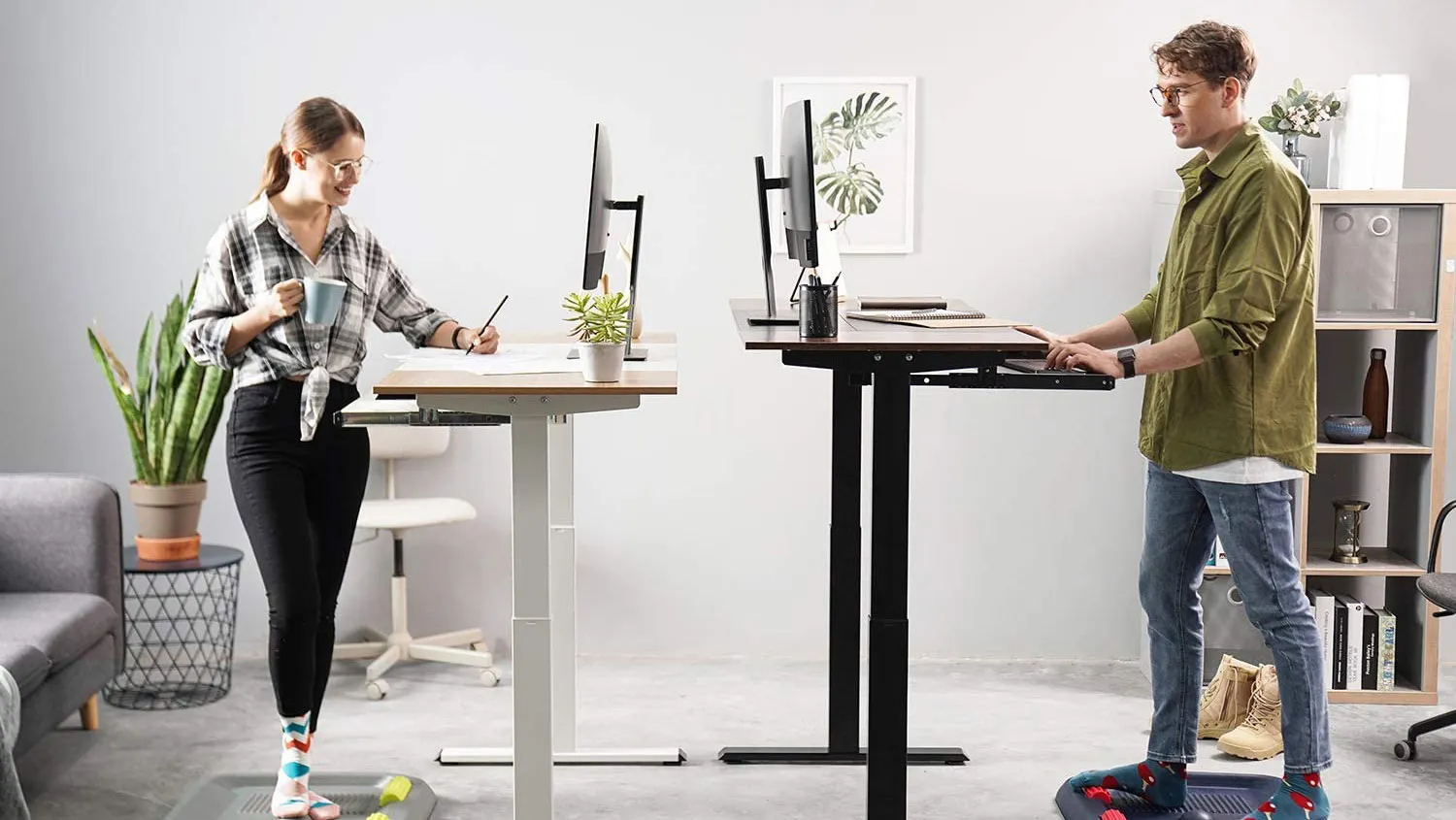This post contains affiliate links.
Standing desks have risen to the forefront as a potential game-changer in the modern quest for a healthier work life. But the question on everyone’s mind is: are they truly worth the investment? Let’s take a closer look.
Standing desks are a worthwhile investment for those seeking a healthier, more dynamic work environment. However, they work best when alternating between sitting and standing. They’re not perfect for everyone, but they provide benefits for physical and mental well-being at work.
But what about the full range of benefits and possible drawbacks? We’re going to dig into the real facts about standing desks. Are they just a trend, or do they actually help us stay healthy and get more work done? Keep reading as we sort out what’s true and what’s not, and find out the real story behind standing desks.
Are Standing Desks Worth the Investment?
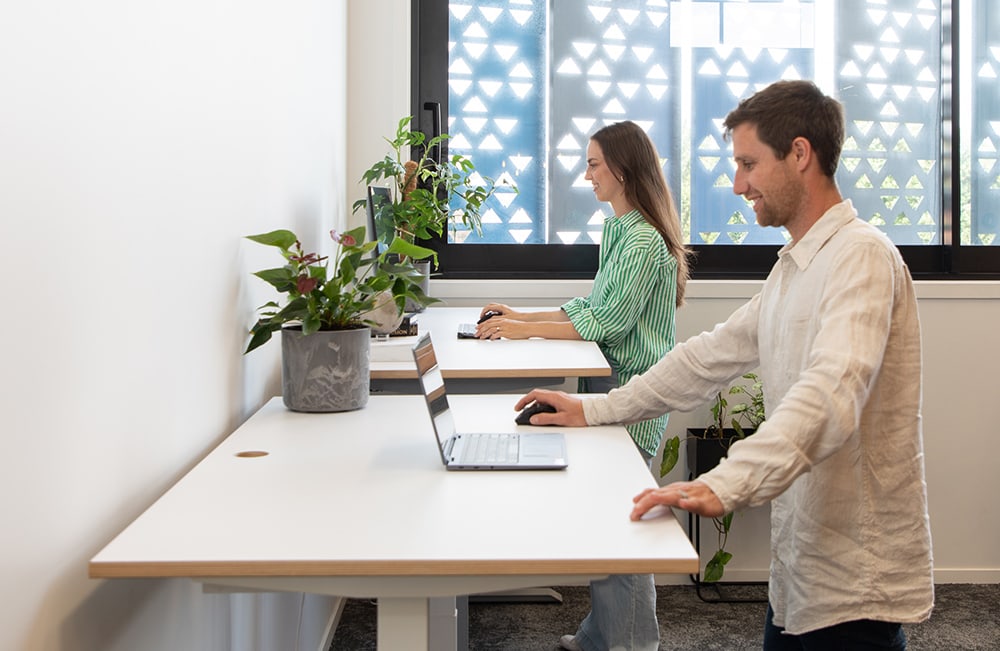
Let’s start by asking: “What is the fundamental purpose of a desk?” Historically, a desk is a flat surface to support work-related activities, primarily writing, reading, and using various tools or devices.
But why do we traditionally use them while sitting? The traditional practice of using desks while sitting has been more a product of historical and cultural norms, not necessarily from an informed understanding of human physiology or productivity.
Why sitting became the default posture for desk work? Is it because it’s the most beneficial posture for productivity or health? Research suggests otherwise.
Research shows that prolonged sitting can lead to health issues like obesity, cardiovascular disease, and diabetes. Standing desks challenge this norm by allowing the user to stand while working, potentially mitigating these risks.
A study published in the Journal of Physical Activity and Health found that users of standing desks reported less stress and fatigue than those who remained seated all day. Moreover, standing up from time to time can improve blood circulation, potentially enhancing focus and energy levels.
From a physiological standpoint, the human body is designed for movement and variation. Static postures, whether sitting or standing, can be detrimental over long periods.
Standing desks introduce a dynamic element to the work environment. They encourage shifting between sitting and standing, promoting movement and reducing the risks associated with prolonged sitting.
Who Should Use Standing Desk?
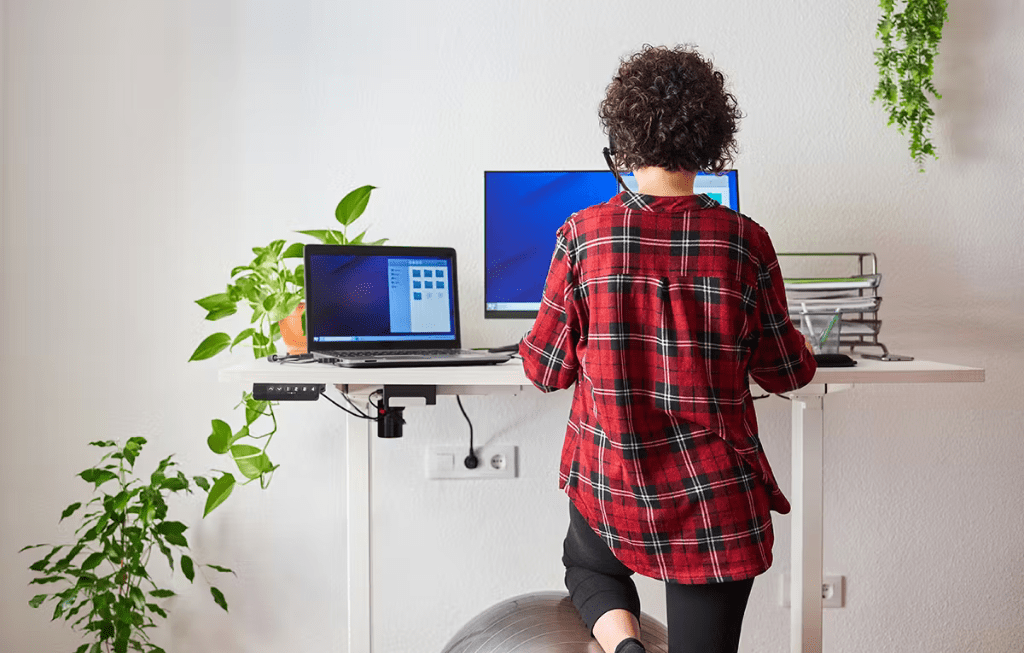
Understanding whether a standing desk is suitable for you depends largely on your daily activities and health. Here, we’ll identify the types of professionals and individuals who can reap the most benefits from incorporating a standing desk into their routine.
1. Office Workers with Long Sitting Hours
Employees who spend over 6 hours a day in a seated position, such as data analysts, programmers, or call center agents, are ideal candidates. Standing desks can help them reduce the risks associated with prolonged sitting, like muscle stiffness and poor circulation.
2. People with Lower Back Pain from Prolonged Sitting
Individuals suffering from conditions like lumbar disc compression or chronic lower back muscle strain, often made worse by long periods of sitting, may find relief with a standing desk.
3. Professionals Needing Enhanced Alertness
Workers whose jobs require high levels of concentration and energy, such as graphic designers or stock traders, can benefit from the alertness and energy boost that standing desks may provide.
4. Employees with Flexible Workspaces
Those who have the option to alternate their work posture, like freelancers or remote workers, can effectively utilize standing desks to vary their work positions throughout the day.
Who Should Not Use a Standing Desk?
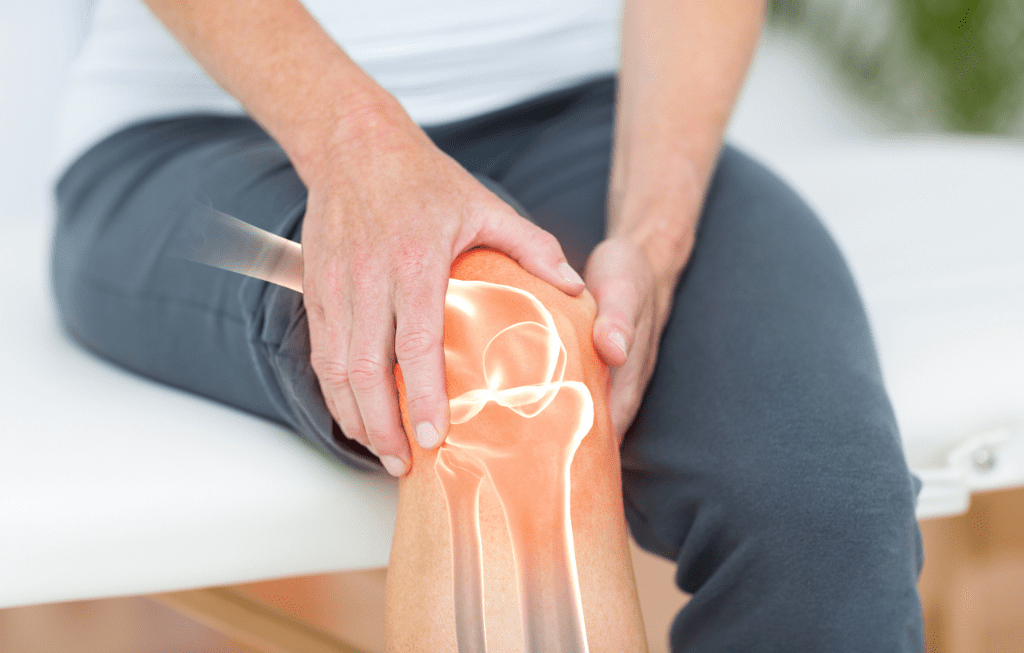
While standing desks offer numerous benefits, they are not a one-size-fits-all solution. It’s crucial to be aware of certain conditions and work requirements that might make a standing desk less appropriate or even counterproductive for your needs.
1. Individuals with Joint Disorders
People with conditions like severe knee arthritis or hip pain might find that standing desks make their pain worse because of the extra stress on their joints.
2. Tasks Requiring High Precision
Jobs that need careful handwork, like making watches or detailed drawing, are usually better done sitting down to keep hands steady and accurate.
3. Pregnant Women with Certain Complications
Pregnant women, especially if they have pelvic pain or a risk of early labor, should talk to their doctor before using a standing desk.
4. People with Circulatory or Blood Pressure Disorders
Individuals with conditions like severe varicose veins or issues where standing makes them dizzy or unwell should not use standing desks for a long time.
What Are the Pros of Using a Standing Desk?
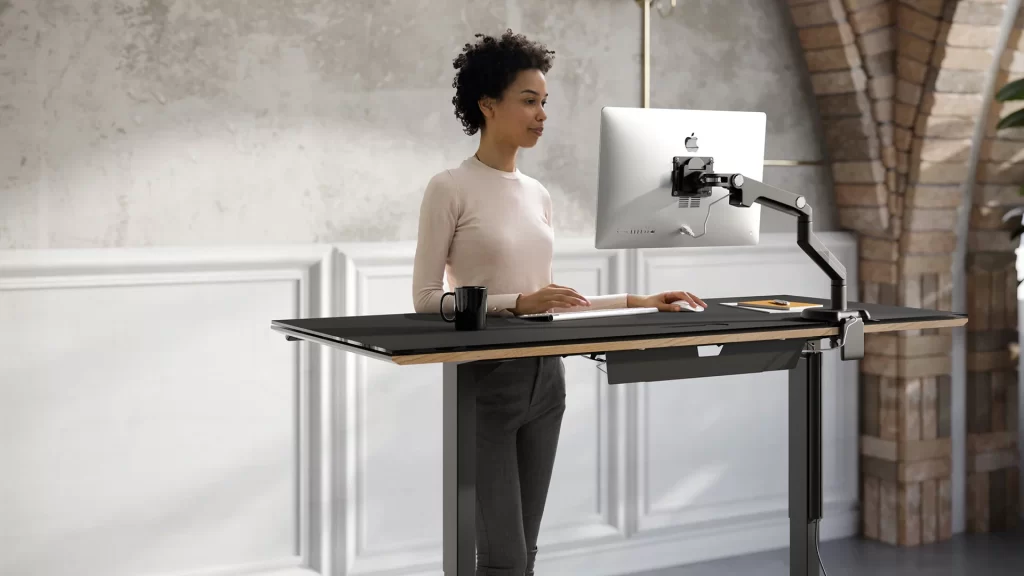
Standing desks have gained popularity in recent years, and for good reason. They offer a range of benefits that cater to both health and productivity. Let’s delve into these benefits in detail.
1. Lower Risk of Heart Disease and Diabetes
Standing desks help reduce sedentary time, which is linked to a higher risk of heart disease and type 2 diabetes. According to the Better Health, less sitting time is associated with a lower risk of these chronic conditions.
2. Alleviation of Lower Back Pain
Many users report significant relief from lower back pain after using standing desks. Healthline mentions studies where participants experienced up to a 32% improvement in lower back pain after using standing desks.
3. Improved Posture and Core Strength
Standing desks encourage better posture and stronger core muscles, as standing requires more physical engagement than sitting.
4. Boost in Energy and Alertness
Users often feel more energetic and alert when using a standing desk. The Harvard Health Blog notes that standing desks can lead to reduced stress and fatigue compared to sitting desks.
5. Enhanced Cognitive Function
Standing while working can improve brain function, leading to better problem-solving and decision-making.
6. Encouragement of Active Collaboration
Standing desks can create a more dynamic and interactive workspace, making it easier for colleagues to engage and collaborate.
7. Workplace Flexibility
These desks allow users to adjust their workstations for comfort and varying tasks, adding versatility to their work environment.
What Are the Cons of Using a Standing Desk?
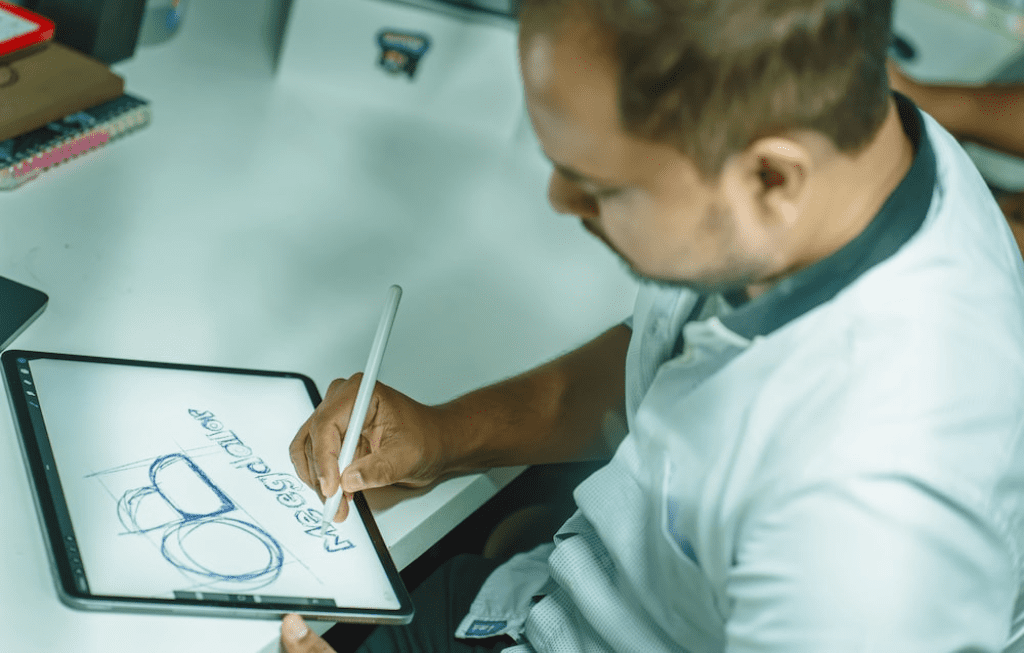
While standing desks offer several benefits, they also come with potential drawbacks, such as physical discomfort and possible disruption to work efficiency. It’s important for users to consider these factors and gradually adapt to using standing desks to minimize any negative effects.
1. Potential for Back, Leg, or Foot Pain
Switching abruptly from sitting all day to standing can lead to discomfort in the back, legs, or feet. The Harvard Health Blog advises easing into the use of a standing desk by starting with short periods and gradually increasing them.
2. Difficulty with Tasks Requiring Fine Motor Skills
Tasks that require fine motor skills, such as detailed drawing or precise manual work, may be more challenging to perform while standing.
3. Increased Risk of Varicose Veins from Extended Standing
Standing for long hours can lead to blood pooling in the leg veins, potentially causing varicose veins. People who stand for more than 6 hours a day are at a higher risk of needing surgery for varicose veins compared to those who stand less. WebMD discusses this risk in detail.
4. Lack of Comprehensive Research on Long-Term Impact
While there are assumed benefits of standing desks, rigorous, long-term studies are still lacking. Some studies mention that the full health impact of standing desks is not yet certain, indicating a need for more extensive research.
What Should You Look For in a Standing Desk?
When it comes to choosing the perfect standing desk, it involves more than just height adjustment. To find the ideal desk for your needs, let’s focus on the top 5 key features that combine ergonomics, functionality, and convenience in a standing desk setup.
1. Height Adjustability
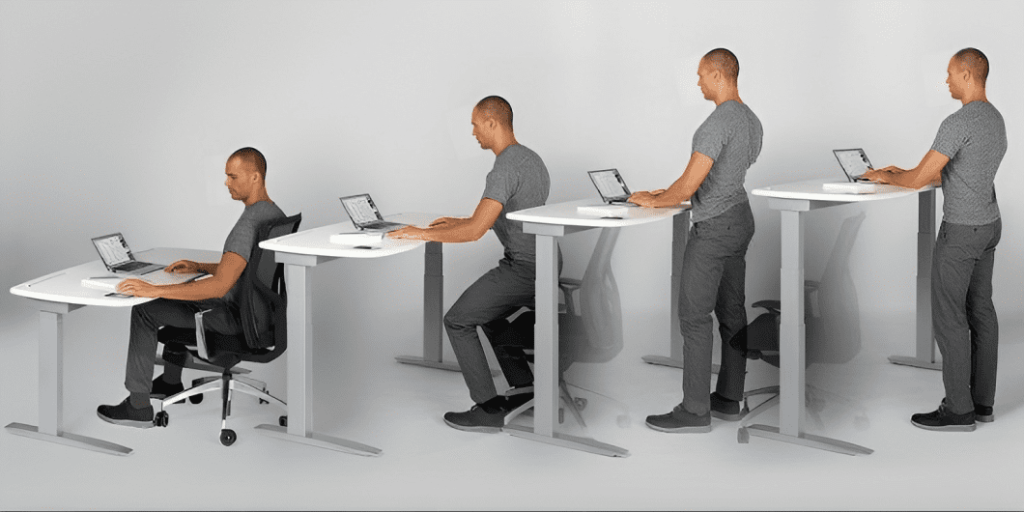
The ability to adjust the height of your desk is crucial for ensuring ergonomic comfort. Look for a desk that can easily adapt to different heights, accommodating both sitting and standing positions. This feature is essential to cater to your body’s needs and prevent strain from improper posture.
2. Stability
A stable desk is non-negotiable, especially at higher heights. Ensure the desk remains firm during use, as instability can not only be distracting but also pose a risk to your equipment. Desks with a solid frame and robust construction materials typically offer better stability.
3. Surface Area

The surface area of the desk should match your work needs. If you use multiple monitors or need space for documents and other office supplies, opt for a larger surface. However, for compact spaces or minimalistic setups, a smaller desk might work without sacrificing functionality.
4. Electric vs Manual
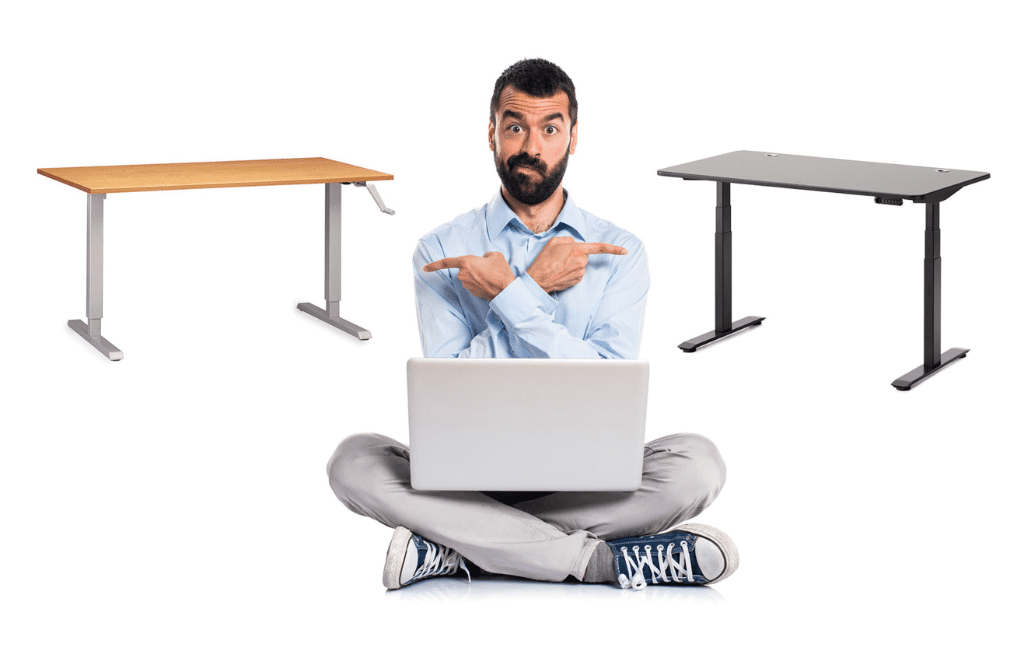
Electric desks offer convenience with easy, push-button height adjustments, ideal for frequent changes between sitting and standing. Manual desks, while often more affordable, require more physical effort to adjust and may not be as precise in their height settings.
5. Cable Management Systems and Tech Compability
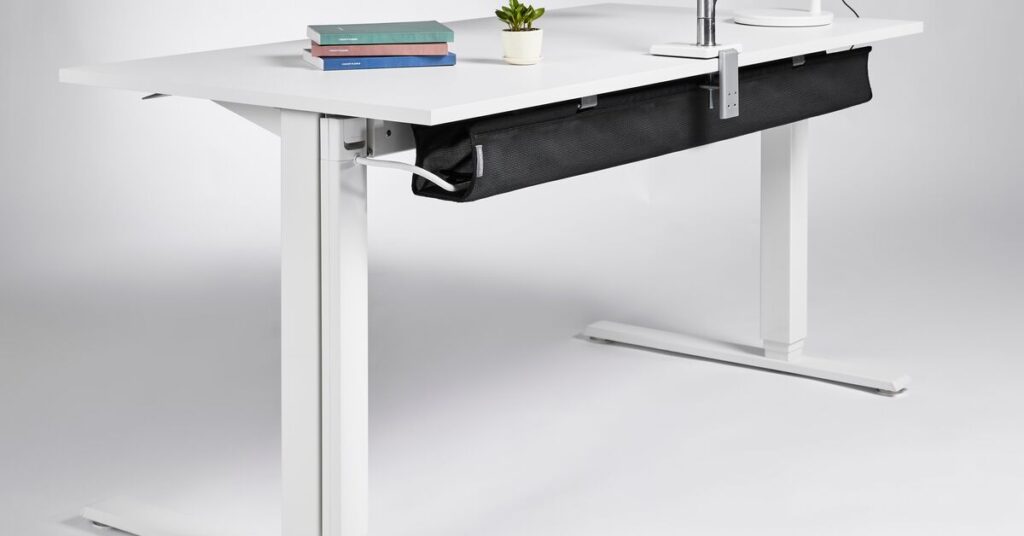
A desk with built-in cable management helps maintain an organized and clutter-free workspace. Additionally, desks that offer tech compatibility, such as USB ports or integrated power outlets, add convenience and keep your devices connected and charged without the hassle of extra cords and adapters.
How Much Should You Expect To Spend on a Standing Desk?
Having decided to purchase a standing desk, you’re likely wondering about the cost. Based on the current market research, here’s a detailed guide on how much you should expect to spend on a standing desk, along with the features and benefits you can anticipate at different price points:
Under $300: Basic Standing Desks/Converters
- Ideal for beginners or those on a tight budget.
- These desks typically offer manual height adjustment and have limited features.
- They are suitable for light use and smaller setups.
$300 – $600: Mid-Range Standing Desks
- These desks often come with better build quality and stability.
- They may offer smoother height adjustment, a wider range of customization options, and moderate workspace area.
- Ideal for regular use in home offices.
$600 – $1000: High-End Standing Desks
- Desks in this range usually feature advanced ergonomics, electric height adjustment, and high-quality materials.
- They may include additional functionalities like programmable settings, superior stability, and larger surface areas.
- Suitable for professionals who spend extensive hours at their desks.
Above $1000: Premium and Custom Standing Desks
- These are top-of-the-line models offering the best in terms of aesthetics, build quality, technology integration, and customization.
- They cater to specific needs and preferences and are often seen in executive or specialized professional settings.
Here’s How I Transformed My Friend’s Workspace With $500
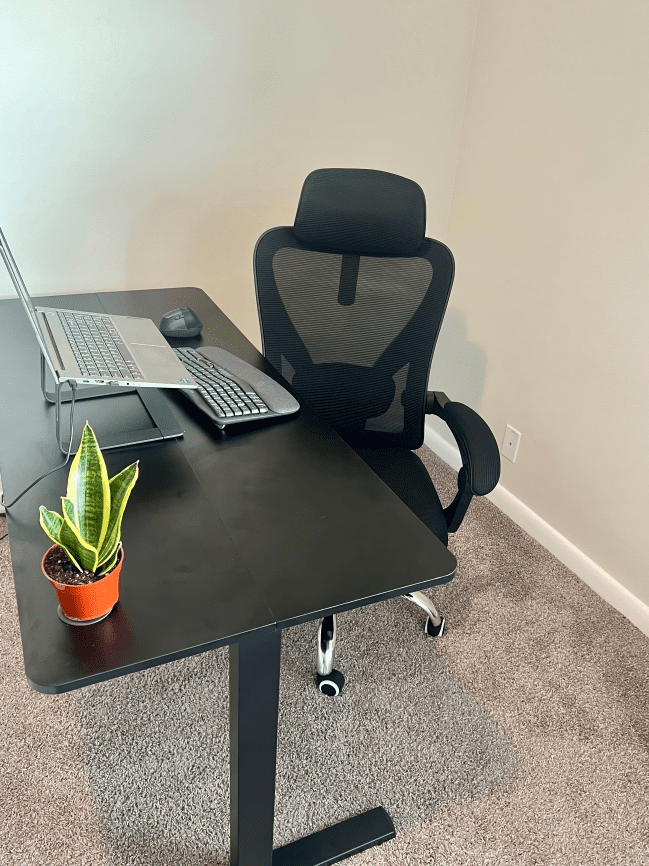
Recently, a friend of mine approached me for advice on setting up a home office, but his budget was $500. Knowing a thing or two about creating great workspaces without breaking the bank, I was excited to help him out.
First, I found this standing desk for $120. It was perfect because it could move up and down with an electric motor, was really steady, had a big desktop for all his stuff, and even came with adhesive cable ties to keep all the cables tidy. I faced the desk towards the door to create a feel of control, also called Command Position according to Feng Shui principle.
Then, since he only had a laptop and no monitor, I got him this laptop stand for $14. It was a small addition, but it made a big difference by lifting his laptop to the right height, making it more comfortable to use.
I also thought it was important to get a good mouse and keyboard, so I spent about $130 on a wireless set. They were a bit pricey, but they’re really important for working comfortably and efficiently.
To add a bit of life to his office, I picked up this snake plant for $15. It’s not just nice to look at; it also helps clean the air.
The last big thing was the chair. I found this ergonomic chair for $90 that had everything he needed: adjustable height, lumbar support, armrests, and a headrest. It was important for him to sit comfortably, especially during long work hours.
In the end, I managed to set up a really nice home office for my friend, all within his $500 budget. It showed us both that you don’t need to spend a lot of money to have a great space to work in.
What Do Users Say About Their Transition to Standing Desks?
Switching to a standing desk is a significant change for many people. Those who have made the switch often talk about the initial difficulty of getting used to standing for parts of the day, especially if they’re used to sitting down for most of it. At first, it’s common to feel some discomfort in the legs and feet — a sign that the body is adapting to this new way of working.
However, many users report positive outcomes once they get past this initial phase. They often feel more awake and less tired during the day. The ability to move around more seems to give them an energy boost. Some even notice they’re more likely to move around the office, taking walks during breaks or standing up in meetings instead of always sitting.
Before You Go…
Investing in a standing desk can be a step towards better health and increased productivity, but it’s not a guaranteed solution. Standing desks work best when they’re part of an active lifestyle that includes regular movement and exercise.
If you are interested in personalizing their desk, be sure to check out my previous article. This guide is an invaluable resource for making your desk uniquely yours, perfectly complementing your new standing desk and elevating your workspace to the next level.
How To Customize Your Desk Online: Easy and Affordable Guide

